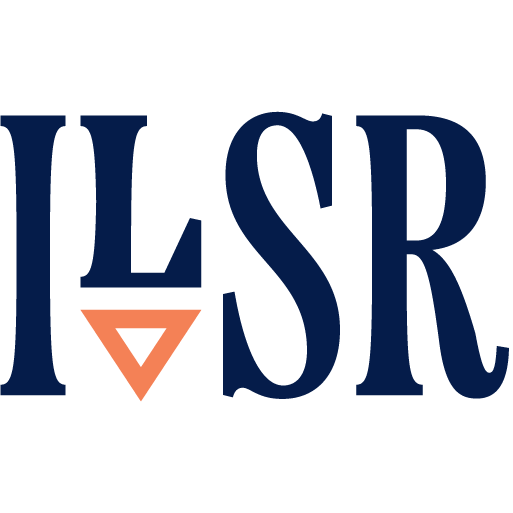Oregon’s Coos-Curry Cooperative Passes 5000th Fiber Customer Milestone
Oregon’s Coos-Curry Electric Cooperative just connected its 5,000th customer, marking a major milestone in the Oregon cooperative’s five-year-effort to bring affordable fiber access to rural state residents long stuck on the wrong side of the digital divide.
The recent celebration of the milestone, documented by the Curry Coastal Pilot, featured a homeowner whose recent fiber connection came 80 years after the same cooperative first connected the home for electrical service.
First created in 1939, the Coos-Curry Cooperative is one of over 200 U.S. electrical cooperatives leveraging their century-old experience in rural electrification to bring affordable fiber access to long-neglected parts of the country – markets that in most cases were left behind by regional telecom monopolies disinterested in improving affordable access.
The cooperative’s fiber wing, dubbed Beacon Broadband, was first launched back in 2021, and offers locals fiber optic broadband at three tiers of service: a symmetrical 500 megabit per second (Mbps) tier for $50 a month; a symmetrical 1 gigabit per second (Gbps) tier for $85 a month; and symmetrical 2 Gbps tier for $120 a month.
Unlike many regional Oregon private telecom monopolies, Coos-Curry Electric Cooperative’s fiber tiers don’t feature usage caps, long-term contracts, or hidden fees.



